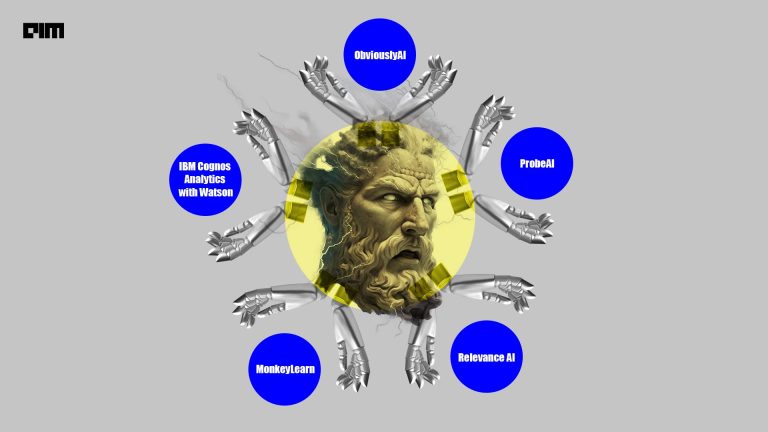Much has been written about the technical skills data scientists need to be adept at, but their technical expertise would be for nought if they do not understand how to present their findings in a comprehensible manner.
Organizations across a wide range of industries are increasingly turning to data to make the right decisions, and this is opening up new avenues for data scientists. This also means that they will have to broaden the scope of their work to learn how to cultivate team cohesion and effectively collaborate with businesses.
In addition to being more versatile, the onus of setting expectations of business stakeholders also lies on data scientists. Sitting at the interjection of raw technology and business, they need to be fluent in both languages to be able to build a relationship between the two.
Focus on outcomes, values and optimized actions
While the basics of how a data scientist can stand out in the crowded market are elucidated here, following are some practices that can make them better communicators:-
One of the biggest challenges faced by data scientists during business meetings is tailoring their findings to the audience’s technical level. They often struggle to find the right balance between not compromising on key points while making their presentation and not overwhelming colleagues with technical jargons as they do so. To overcome this challenge would be to first and foremost, acknowledge the fact that while everyone in the room may be seeking data-driven insights, not everyone speaks the same language.
One way to tackle this problem would be to emphasize actionable outcomes.
Most business owners are generally interested in knowing how the findings can impact their businesses, and not necessarily on the exact analysis. To get around this, identify the problem and explain it to the audience in clear and simple terms. This can be followed by citing evidence of the existence of the problem. Once a case for the problem has been made, explain how it can be fixed. A clear timeline and the price of fixing this problem could be a valuable addition, especially from the organization’s point of view.
Use empathy to craft a compelling story
When starting with the problem, it will be helpful if you relate it to common experiences or interests of the audience so that they understand its larger context. This ability to present insights in the form of a story will hold data scientists in good stead, especially when they make business presentations.
Employing clever narratives will help them connect with their audiences – which, in most cases – would involve non-technical stakeholders.
Punctuate analysis with data – sparingly
While the importance of keeping the presentation simple and uncomplicated cannot be emphasized enough, some data points may find credence with some stakeholders. But be very frugal in doing so. Understand that showcasing every data point all at once can overwhelm your audience.
Hence, it is important to present it in a staggered fashion and use it astutely to help build the story and narrative.
Use data visualization tools
Very few people can look at a spreadsheet and draw clear conclusions from the data. However, most have the capability to compare and interpret graphs and bars easily.
Thus, by representing data visually, data scientists can hold their audience’s attention as well as communicate their message effortlessly. But be sure to demonstrate and break down the visual data, that is, make sure that you are clearly explaining what is shown on the screen. For instance, if you are alluding to a particular section of a graph, point to it as you explain what it means in the broader context of the problem.
Presentation tips
Pace is important. While a big battle has already been won by shaping the conclusions of the analysis in an easy-to-consume language, holding the attention of the audience is a different ball game.
As a general practice, do not exceed 15 minutes for the entire presentation. Be sure to leave out unnecessary details – be it for the explanations, or the visual tools. Also, do the math for the audience and quantify it for them if they ask for specifications. This may come in handy, especially when making predictions.



















































































